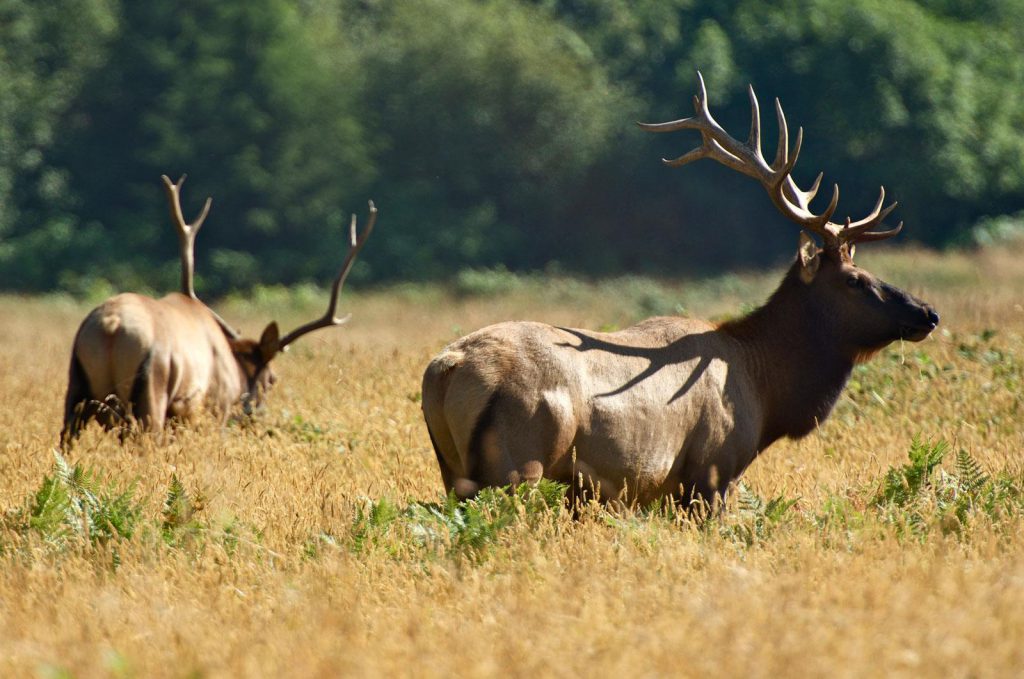Content
Located in the province of Alberta, Elk Island National Park (in Spanish: Parque Nacional Elk Island) is a protected natural space that provides a unique opportunity to experience wildlife in its mightiest form. This park, abundant in history and biodiversity, promises an unforgettable getaway from the hustle and bustle of urban life.
Introduction to Elk Island National Park
Location and How to Get There
Elk Island National Park is located just 50 km east of Edmonton, Alberta. Accessible by car via Highway 16, also known as the "Bison Route," it is open year-round and offers a variety of activities in all seasons, being part of the 42 national parks of Canada. Its geolocation can be determined by the coordinates: 53°36′51.84″ N.
History and Heritage
The Park was established in 1913 and holds the distinction of being Canada’s first wildlife sanctuary, with an area protected by the country’s laws and a surface area of 194 km². The park plays a critical role in species conservation, being famous for its bison recovery program.
Importance of the National Park
Elk Island is more than a park; it is a testament to dedication to nature’s biodiversity preservation and environmental education. Home to some of Canada’s most emblematic species, it showcases Canadian conservation efforts.
Biodiversity and Wildlife
Native Fauna
Plains and Wood Bison
Elk Island is famous for its population of both plains and wood bison. This park has played a crucial role in the recovery of these mighty creatures, which were once on the brink of extinction.
Other Mammal Species
Apart from bison, the park is home to other species such as moose, deer, beavers, and coyotes, offering incredible wildlife diversity for visitors.
Birds
The park is also a paradise for birdwatchers, with over 250 recorded species.
Flora and Vegetation
Elk Island National Park offers a diverse landscape, from prairies to aspen forests, each hosting a variety of native plants that give the park its unique character.
Conservation and Restoration Efforts
Conservation efforts in Elk Island focus on protecting and restoring the park’s ecosystems, reintroducing native species, and managing invasive species.
Attractions and Activities
Hiking and Cycling
Elk Island National Park offers a wide range of trails for all skill levels. Whether you prefer a peaceful sunset hike or a challenging bike ride, you’ll find a perfect path for you.
Birdwatching and Wildlife Viewing
With its diverse wildlife, Elk Island is a paradise for nature enthusiasts. Grab your binoculars and get ready to observe everything from bison to rare birds.
Water Activities
During the summer months, water activities such as kayaking and canoeing are popular on the park’s numerous lakes and ponds.
Winter Activities
Winter in Elk Island is just as exciting with activities such as cross-country skiing, snowshoeing, and ice skating on frozen lakes.
Photography and Painting
The stunning natural landscape and abundant wildlife make Elk Island a popular destination for photographers and artists.
Services and Facilities
Camping and Accommodation
For adventurers, there are camping facilities available within the park. If you prefer something more comfortable, there are various accommodations nearby, from hotels to bed & breakfasts.
Visitor Centers
Visitor centers provide valuable information about the park, trails, activities, and wildlife. They also offer interpretive programs and interactive exhibits.
Guides and Tours
For those seeking a guided experience, tours are offered, ranging from nature walks to adventurous kayak and canoe trips.
Rules and Regulations
Code of Conduct
It is important to respect nature and other visitors. Keep trash off the trails, stay on designated paths, and respect the animals by maintaining a safe distance.
Wildlife and Nature Protection
Preserving wildlife and natural resources is of utmost importance in Elk Island. Remember, you are a guest in their home.
Access Permit and Costs
Elk Island charges an entry fee to help maintain the park. The fee varies depending on age and length of visit.
Preparing for Your Visit
Best Time to Visit
Elk Island National Park can be visited throughout the year, but each season offers a unique experience. Spring and summer are ideal for hiking and canoeing, while winter provides opportunities for cross-country skiing and snowshoeing.
What to Bring
Depending on the season and activities you plan, you should prepare accordingly. Remember to bring appropriate clothing, water, snacks, sunscreen, insect repellent, and a map of the park.
Safety and Health
It is always important to consider safety during visits. This includes staying on designated trails, being cautious around wildlife, and being prepared for changing weather conditions.
Relations with Indigenous Communities
Elk Island National Park is situated on the traditional territory of several Indigenous groups. The park works closely with these communities to respect and honor their history and culture.
Economic Impact and Tourism
Tourism in Elk Island has a significant economic impact on the region, generating income and creating jobs. In turn, visitors benefit from the enriching and educational experiences that the park offers.
Special Events and Educational Programs
Annual Events
Elk Island hosts a series of annual events, such as music festivals, trail races, and stargazing, adding an additional element of fun and education to the park experience.
Education and Outreach Programs
The park offers a variety of educational programs for visitors of all ages, from learning activities for children to expert presentations for adults. These programs help visitors learn more about nature and the importance of conservation.
